Pugs, with their wrinkled faces, expressive eyes, and affable personalities, have easily earned their spot as one of the most beloved dog breeds worldwide. While small, these little dynamos have quite an appetite, and understanding their unique dietary needs is vital to ensure they remain healthy, active, and free from obesity-related issues. In this article, we’ll delve into the feeding guidelines for pugs and offer an estimation of the monthly costs involved.
1. Understanding Pug’s Caloric Needs
Pugs, though small, are quite active and hence have a decently high caloric need. However, due to their compact size, it’s essential not to overfeed them as they’re prone to obesity.
a. Puppies: Pug puppies are bundles of energy and typically require around 50 to 55 calories per pound of body weight each day.
b. Active Adults: A regularly active adult pug may need approximately 40 to 45 calories per pound of body weight daily.
c. Less Active or Senior Dogs: As they grow older or if they lead a sedentary lifestyle, their caloric requirement may drop to about 30 to 35 calories per pound of body weight each day.
2. Importance of Quality Food
The quality of the food you offer your pug can directly impact their health. Foods with fillers, artificial ingredients, and low-quality proteins can cause weight gain without providing necessary nutrients. Opting for high-quality, meat-first dog foods ensures your pug gets the right nutrients without unnecessary calories.
3. Factors Determining Dietary Amounts
a. Activity Levels: Pugs are playful, but their activity levels can vary. An active pug might need more food than one that spends most of the day lounging.
b. Health Conditions: Pugs are prone to specific health issues like hip dysplasia and breathing problems. Diet plays a crucial role in managing and preventing such conditions.
c. Age: Puppies have different dietary needs compared to adult or senior pugs. Ensure the food matches their life stage.
4. Monitoring Weight is Key
Pugs love to eat, and their pleading eyes can make it tough to say no. However, given their propensity to gain weight, monitoring their diet and weight is essential. Regular vet check-ups can help keep their weight in check.
5. Monthly Cost Estimation
Considering a premium dog food that’s priced around $2 per pound and offers roughly 400 calories per cup:
For an adult pug weighing 20 pounds and needing about 800 calories daily:
- Daily food requirement = 800 calories ÷ 400 calories/cup = 2 cups daily.
- Monthly food requirement = 2 cups x 30 = 60 cups.
- A 30-pound bag would provide around 120 cups of food, so a pug would consume half a bag in a month.
- Monthly cost = 0.5 bags x $60 (assuming $2 per pound) = approximately $30.
Remember, this is a general estimate and can vary based on brands, regions, and specific dietary needs.
6. Treating Your Pug
While pugs adore treats, it’s essential to ensure treats don’t make up more than 10% of their daily caloric intake. Opt for healthy, low-calorie treats that offer nutritional benefits.
7. Hydration is Crucial
Pugs can be susceptible to kidney issues, so ensuring they have constant access to fresh water is vital. Hydration aids digestion and nutrient absorption.
Our 5 Top Foods for Pugs
The diets were selected by our founder Justin Palmer, a certified canine nutrition expert, specifically with Pugs in mind:
| Food | Pros | Cons |
|---|---|---|
|
|
|
|
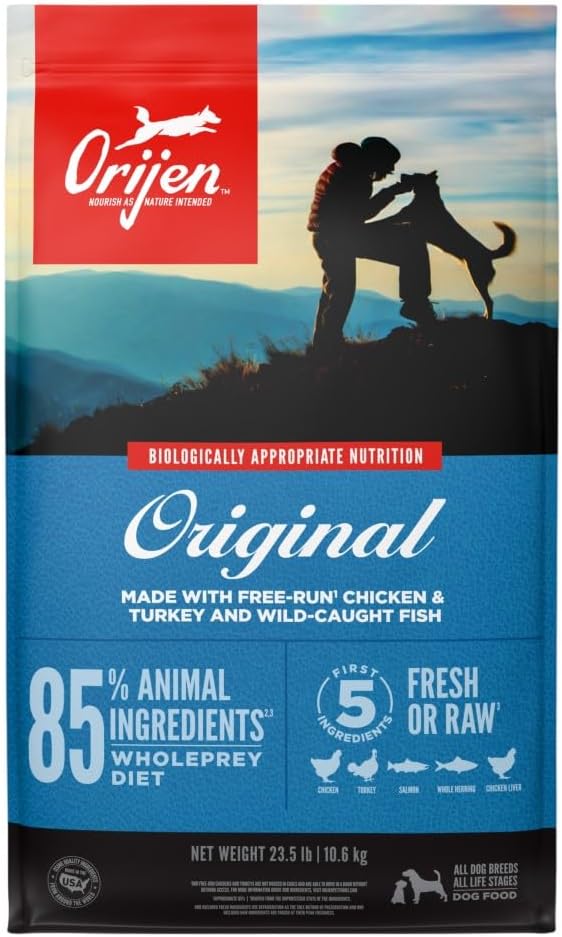
Check Today's Price on: |
|
|
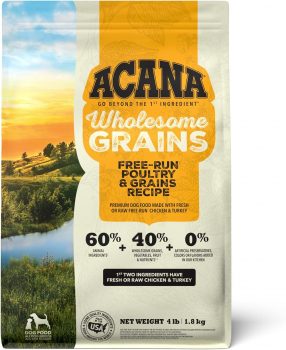
Check Today's Price on: |
|
|
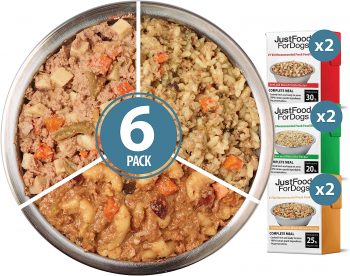
Check Today's Price on: |
|
|
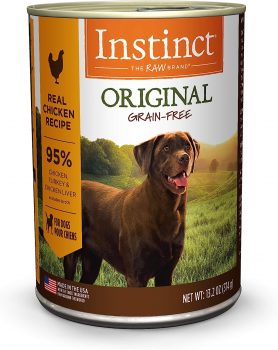
Check Today's Price on: |
|
|
Conclusion
Feeding your Pug is not just about satiating their hunger. It’s about understanding their unique needs, monitoring their weight, and offering them a balanced diet that ensures they lead a healthy, happy life. Regular consultations with a vet can guide you on the best dietary practices, ensuring your adorable companion stays by your side for years to come.
Frequently Asked Questions About Feeding a Pug
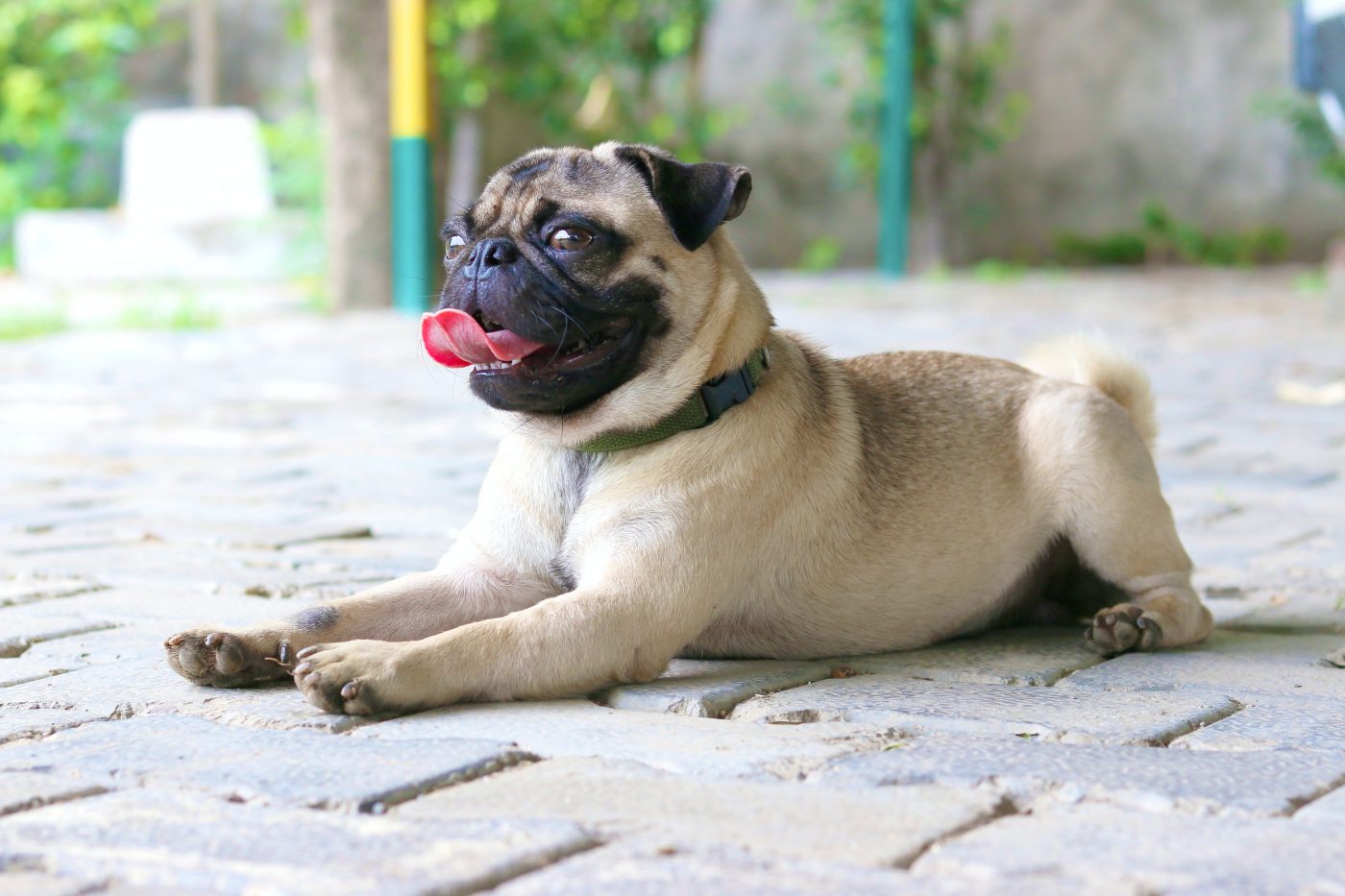
1. How many times a day should I feed my Pug?
For Pug puppies, it’s recommended to feed them 3-4 times daily to support their rapid growth. Adult Pugs can be fed twice daily. Regular feeding schedules can aid digestion and prevent overeating.
2. Are there specific ingredients to avoid in Pug food?
Yes, avoid foods with fillers like corn, wheat, and soy. Artificial preservatives and colorings should also be sidestepped. High-quality protein sources and whole grains are the most beneficial for Pugs.
3. My Pug seems hungry all the time. Is that normal?
Pugs love food and can often seem like they’re always hungry. However, it’s crucial to adhere to the recommended feeding guidelines to prevent obesity. Always consult with your vet if you’re unsure about the right amount.
4. Should I be concerned if my Pug is gaining weight rapidly?
Yes, rapid weight gain in Pugs can be concerning as they’re prone to obesity, which brings additional health issues. If you notice unusual weight gain, consult your vet to adjust their diet or check for underlying health conditions.
5. Can Pugs eat human food?
While Pugs might be keen on trying human food, many foods can be harmful to them. Foods like chocolate, grapes, onions, and certain sweeteners are toxic. If you want to treat your Pug, ensure the food is safe and given in moderation.
6. How do I transition my Pug to a new diet?
When switching foods, it’s essential to do so gradually over a week. Start by mixing a small amount of the new food with the old, gradually increasing the new food proportion each day. This helps prevent digestive issues.
7. Are grain-free diets suitable for Pugs?
Grain-free diets can be suitable for Pugs, especially if they have grain allergies. However, it’s essential to ensure they’re still getting the necessary nutrients. Consult with a vet before making a significant dietary change.
8. What’s the best way to measure my Pug’s food?
Using a measuring cup can help provide accurate portions. Following the feeding guidelines on the dog food label and adjusting based on your Pug’s age, weight, and activity level will ensure they’re getting the right amount.
9. Can I give my Pug milk or dairy products?
Some Pugs can tolerate dairy, while others might be lactose intolerant. If you want to introduce dairy, do so in small amounts and monitor for any digestive issues. It’s always safer to opt for lactose-free products.
10. Are raw or BARF diets suitable for Pug?
Raw or BARF diets can offer nutritional benefits but also come with risks of bacterial contamination. If you’re considering this diet, consult with a veterinarian to ensure it’s balanced and safe for your Pug.
 Check Today's Price on:
Check Today's Price on: Toledo, United States.
Toledo, United States.